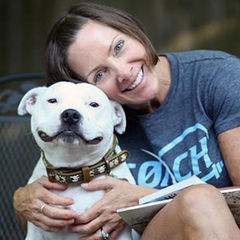The glutes are one of the largest muscle groups in the body and are vital for both life and sport. Unfortunately, dysfunctions elsewhere in the body can create problems in the glutes and hips. For example, dysfunction in the foot can translate into hip and glute dysfunction. The following exercises are designed to help offset dysfunction in the glutes by increasing lateral and pelvic stability and eccentric control, and by generating power through extension.
The exercises are listed in a progressive order, from easiest to most challenging. As always, exercises should be performed as long as the quality can be maintained. Once form begins to suffer, have clients stop to rest and reset or recover completely. Begin with 1 set of 5-10 reps and then progress to 2 or 3 sets of 10 reps or more as the client's fitness improves.
Step and Shift
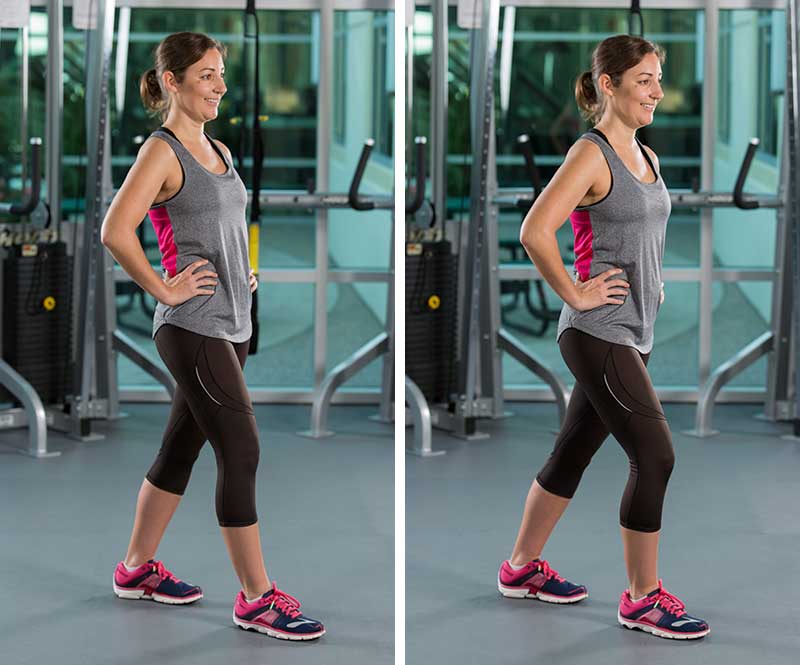
This exercise is designed to test the eccentric activation of the front leg’s glute. It should “turn on” immediately without any hip grip or knee drop.
Step out with the right leg. The body position should look similar to a lunge, but with minimal flexion of the knees and hips. The glute of the right leg should feel loaded and lit up while moving forward. Slowly shift the weight back and forth and repeat several times. Switch sides and repeat the movements on the opposite leg.
McGill Bridge
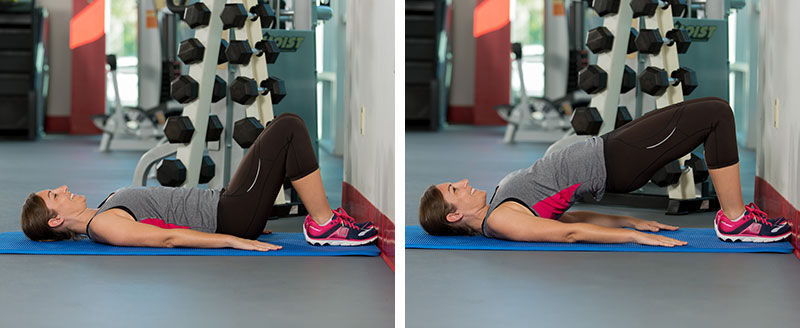
This exercise involves trying to keep hamstrings turned off, enabling the glutes to do the primary work.
Lie supine on the floor, with the toes against the wall. Actively slide the toes into the wall, using the quads to isometrically extend the knees. The idea is to inhibit the hamstrings. While maintaining a neutral spine and level hips, extend the hips up toward the ceiling. Slowly and with control, lower back down to the starting position.
McGill Bridge Single Leg
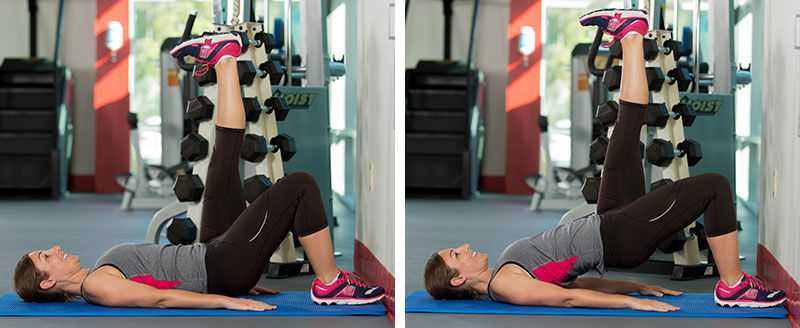
Follow the above directions, making sure the level hip line can be maintained. If it cannot, go back to bilateral stance. Raise one leg up, directing the bottom of the foot at the ceiling.
TRX Crossing Lunge
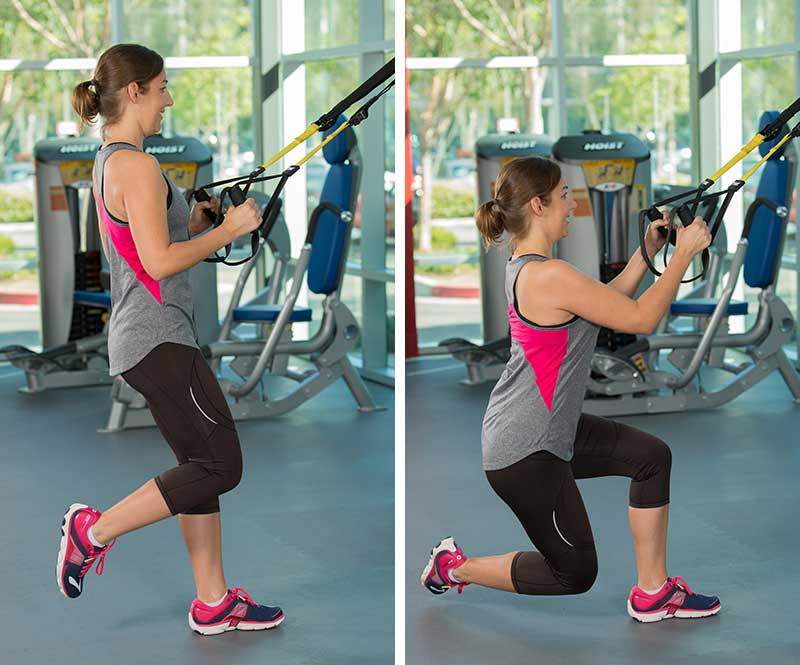
Adjust the straps of a TRX Suspension Trainer to mid-length and stand facing the anchor point. Hold the handles, keeping the elbows under the shoulders and the palms facing one another. With the left leg lifted, begin to lower the tailbone toward the floor. Move the left knee toward the floor, across the midline and behind the right heel. Keep both knees bent at 90 degrees. Drive the right heel into the floor to return to a standing position. Repeat on the opposite side.
Eccentric Step Down With Body Weight Only
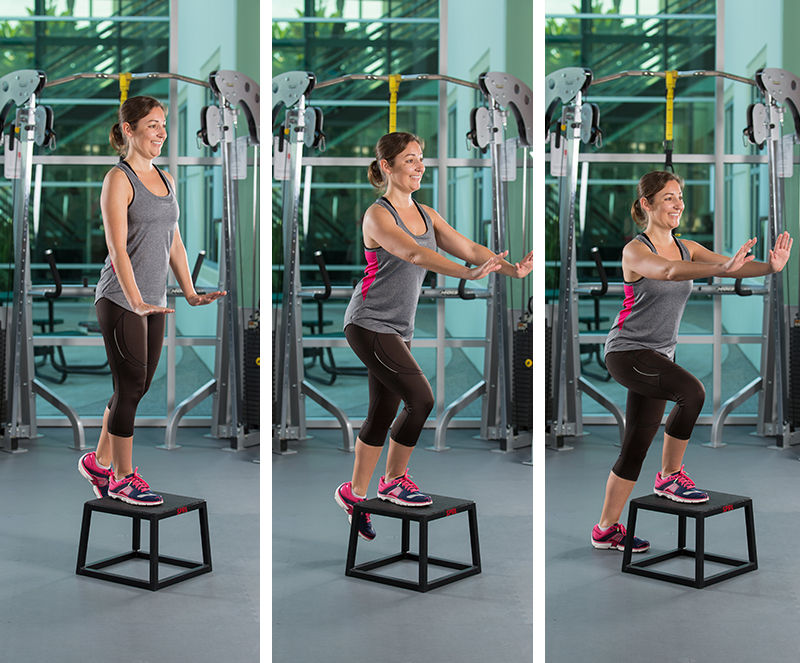
Begin by standing on a bench that is about 10 to 12 inches high. Using only body weight, lift the left leg and slowly lower toward the floor. Be mindful of the torso and maintain integrity throughout the movement. Do not let the weight of the left leg drop to the floor; simply tap the heel first, before relaxing the weight of the body to the floor. Step back onto the bench and repeat; work both sides.
Eccentric Step Down With Load
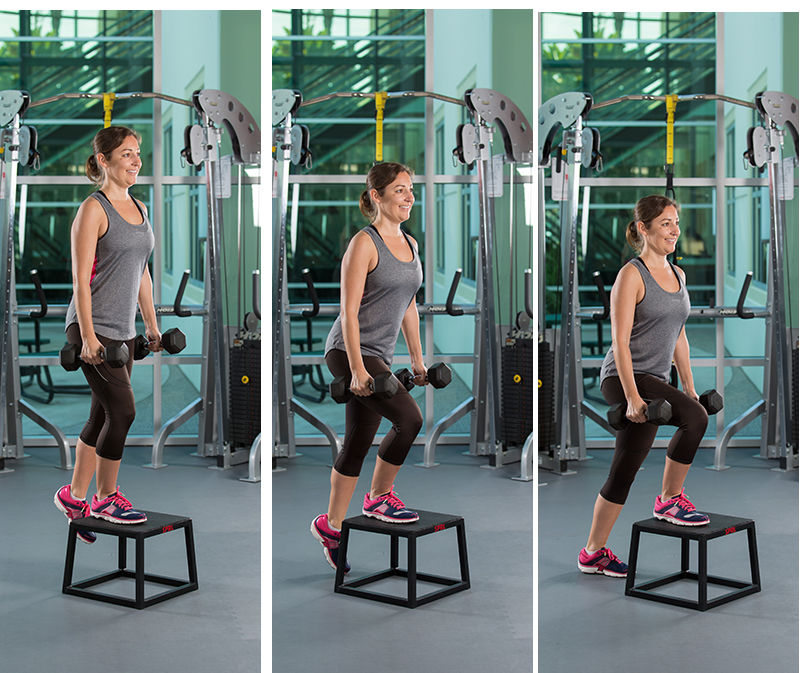
Once the step down has been mastered using body weight only, add an external load such as dumbbells.




 by
by 




